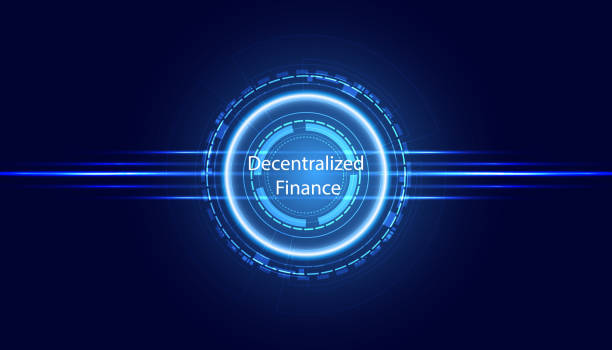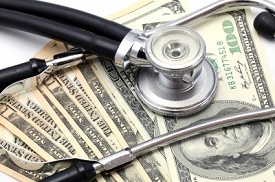Caffyn’s (LSE:CFYN) has a good history of profits from selling cars and renting property. It has also managed its property assets well over the years. But now is crunch-time – profits from these activities are likely to disappear for some time. The question for this newsletter is whether Caffyns is in a strong position to cope with the crisis.
To start with I’ll use Piotroski’s nine variables to get an overview of financial distress risk at March 2020.
- Is the company profitable?
In the year to March 2020 Caffyns made £0.252m loss after tax, therefore it does not gain a Piotroski point.
- Does the company produce positive cash flow from operations?
Caffyns generated £3m of operating cash flows before movements in working capital, thus a Piotroski point is gained.
- Has return on assets improved?
Net loss before taking account of exceptional items in 2020 was £0.07m, but there was a profit of £0.952m in 2019. No Piotroski point.
- Is cash flow greater than profits?
Yes. The second point scored.
- Has the ratio of long-term debt to average total assets during the year diminished?
For 2020: £11.8m/£94.7m = 12.5%
For 2019: £12.63m/£93.1m = 13.6%.
Yes, so a third Piotroski point.
- Has the current ratio improved?
Current assets divided by current liabilities.
2020: £45.8m/£44.7m = 1.02
2019: £47.2m/£44.9m = 1.05
There has been a deterioration, and so no point is scored.
- Has the company raised cash by selling shares recently?
No. One Piotroski point scored.
- Has the gross profit margin improved?
2020: GPM was 12.6%
2019: GPM was 12.4%
Fifth Piotroski point.
- Has the ratio of turnover to total assets (at beginning of the year) improved?
2020: £197.9m/£94.9m = 2.1
2019: £209.25m/£91.4m = 2.29
There has been a decline, so no Piotroski point scored.
Conclusion on Piotroski
A score of five out of ten is good and does not signal much financial distress risk from the pre-Covid-19 data.
But to consider the financial shock effect on car sales and property prices we need to probe into the downside risk associated with the debt taken on by Caffyns.
A closer look at Caffyn’s debt
Debt facilities have been agreed with HSBC and VW Bank:
- HSBC term loan with an outstanding balance of £6.8m in March 2020 is repayable in instalments to 2038. Renewable in March 2023
- HSBC revolving credit facility of £7.5m, renewable in March 2023. Balance in March 2019: £4m.
- HSBC overdraft facility of £6m, renewable annually
- VW Bank overdraft facility of £7m renewable annually
- VW Bank term loan, now £1.9m, repayable November 2023.
Debt outstanding March 2020, 2019 and 2018
| £m | 2020 | 2019 | 2018 | |||
| Current | 8.9 | 4.9 | 1.4 | |||
| Non-current | 8.7 | 12.6 | 13.1 | |||
| Total debt | 17.6 | 17.5 | 14.5 | |||
| Less cash | -1.5 | –3.9 | –2.2 | |||
| Net debt | 16.1 | 13.6 | 12.3 |
The VW overdraft is asset-backed lending with cars being used a security.
But the VW term loan and the HSBC debt, are subject to covenants tested with respect to:
- A debt to freehold property ratio, “The loan and overdraft facilities provided to the Company of £27.5 million are secured by a general debenture and fixed charges over certain freehold properties……Capital requirements imposed externally by the Group’s bankers are that bank borrowings should not exceed 70% of the current open-market value of the Group’s freehold properties which are subject to a fixed charge.” (2019 Annual Report)
- An interest cover ratio. This has recently been relaxed by HSBC due to fear of Covid-19 disruption causing a breach, “In light of covid-19, post year-end HSBC have confirmed to the Company the relaxation in the debt service covenant test for September 2020 and March 2021. The new covenants test requires the Company to make an underlying profit before interest for the rolling twelve-month period to September 2020 and to March 2021.” (2020 Preliminary report)
Significantly, “the failure of a covenant test would render these facilities repayable on demand at the option of the lenders.” (2020 Preliminaries)
So, if Caffyns fails to make an “underlying profit before interest” in the next few months HSBC may declare default and grab property assets.
But the directors seem optimistic they will make a profit – or are they just putting on brave face? “The Company have modelled these periods [12 months to September 2020 and 12 months to March 2021] and………………To read more subscribe to my premium newsletter Deep Value Shares – click here http://newsletters.advfn.com/deepvalueshares/subscribe-1

 Hot Features
Hot Features













